Yongsi Hall is located to the north of Qiganli (south) and adjoins Bafen Tou to the west. It is a house of two courtyards, with a foyer, a front courtyard, a principal hall and a back courtyard on the central axis. To the left and right of the front and back courtyards are two-storey Xiangfang. The two-storey principal hall is two rooms wide with a building area of 708.98 square metres. The name of Yongsi Hall is taken from the poet Liu Shenxu's poem 'To Meng Haoran from Yangzi River in the later autumn', which reads:
Tonight, your chanting is filled with feelings of longing for me. But I feel the same. The Rivers of Yangzi and Han are far apart. According to Wu Ruzhi, the current owner of Yongsi Hall, it was built by Wu Xizhi, the 32nd generation grandson of the Wu family (Wu Xizhi, 1784-1838, a student in Directorate of Education), around the time of the Daoguang reign. He bought another house next to original house because of the tight housing situation in Bafen Tou. The site for the new extension was originally used partly as a cattle and pigpen. The original house had not yet been completed when this land was purchased. Six rooms were already built, but the internal wooden walls of two rooms were still not finished. This house had been chosen by lot by Wu Zengzhou, the seventh son of Wu Xixian (note: Wu Ruzhi is the fifth generation grandson of Wu Zengzhou). It is said that in the course of drawing the lots, Wu Zengzhou had said, “Surely, I'll take the cattle pen and you all forget about it”. He did indeed get the cattle pen in the end as he had planned all along.
This house has several distinctive features: one is the carving of two pairs of bull legs - the most exquisite in all the ancient dwellings in the Shangwu village of Gaoqian. It is said that 15 mu of land had to be sold simply in order for this work to be done. From east to west, the easternmost bull leg is carved with two phoenixes having the symbolic meaning of “phoenixes will come with grace”. The phoenix is the legendary king of all the birds; a symbol of good luck and beauty. The next bull leg is carved with two deer, one large and one small. The larger deer holds a piece of grass in its mouth and together the two deer symbolize the peace of a mother with her children in the house. The word “deer 鹿lu” harmonizes with the word “禄lu”, which means longevity and success or promotion. According to legend, Cang (grey) deer live for a thousand years whilst Xuan (black) deer live for two-thousand years, so the deer is an immortal symbol of longevity. Carved on the third bull leg are two sheep, one large and one small, with two “pairs of magpies” on the tree above, signifying good fortune and auspiciousness. In the ancient Chinese form, the words yang羊(sheep) and xiang祥(auspiciousness) are interchangeable. On the bull leg at the far west are two cranes standing beneath a pine tree. Cranes are often considered to represent longevity among all the birds, and the pine was considered to be the longest-living of all the trees in ancient times. In addition to being a symbol of longevity, pine is often used as a symbol of ambition and moral courage. Pine and crane together thus carry the symbolic meaning of longevity, ambition and moral courage.
A second distinctive feature of this house, is that it has a four-sided gable, distinguishing it from the other houses, which have three-sided gable structures. Thirdly, the beams of the eave columns are square, unlike the crescent shaped beams used in the other houses. These beams are covered in exquisite designs, with the main motifs being the meander pattern, inlaid in the middle with a fangsheng方胜(This shape is formed by overlapping two diamond-shaped parts), the bat, the pumpkin, the jade pendant, a treasure vase with three halberds, and a double happiness pattern. The eave columns are carved with other auspicious motifs including double swallows, lions, peonies, ruyi clouds and the Jade Hare pounding medicine(According to legend, there is a rabbit in the moon, as white as jade, called “Yutu” (玉兔) the Jade Hare. This white rabbit holds a jade pestle, kneeling down and pounding medicine to form a “toad” (蛤蟆) pill, which can be taken by mortals to become immortal). The short square platforms at the top of the bull legs are carved with four landscape paintings respectively: fishing, woodcutting, tilling, and reading with flower lanterns standing on top of the platforms that hold up the eaves girder.



